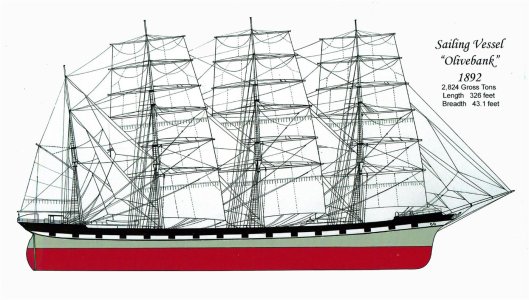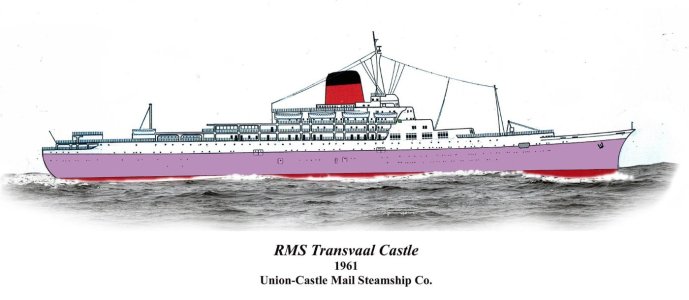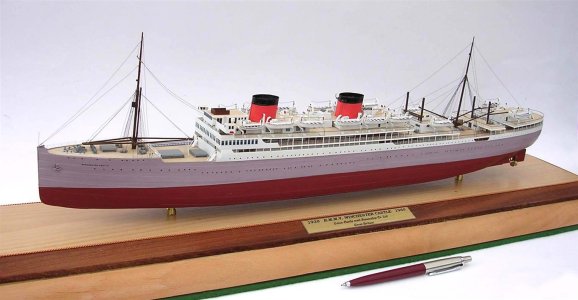WellSimply put: Some of us are experienced modelers who are willing to share knowledge with others, but choose to leave promotion of the hobby to commercial interests. If a group of kit manufacturers and dealers considered that a TV show was worth the effort they would create one.
By the way: Even in egalitarian Minnesota there’s an elite activity. It’s called hockey!
Roger
Elite hockey players are not bugging hobby hockey players that all of them should play like Wayne Gretzky,you know what I mean!!














